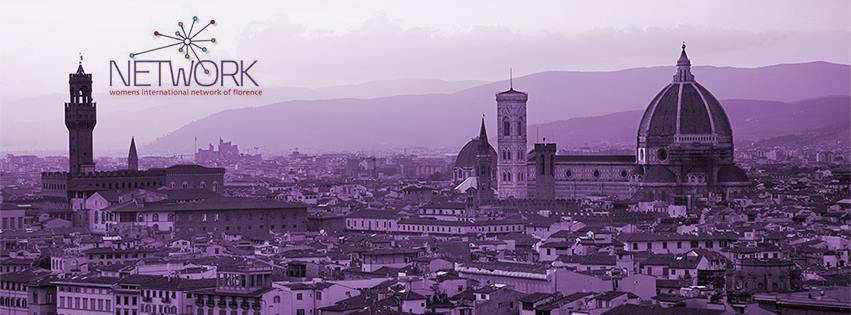Women in Wine: Sofia Ruhne, Alyson Morgan & Violante Gardini Cinelli Colombini
October 2021 Event recap & questions
by Elia Nichols
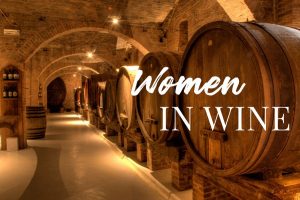 Living the dream. Our October 2021 event with three successful women, hailing from all parts of the globe, making strides in a traditionally male dominate sector. They shared with us their successes and, sometimes their frustrations, of “breaking glass ceilings” in Italy and they did so with stories, wine tastings, and laughter.
Living the dream. Our October 2021 event with three successful women, hailing from all parts of the globe, making strides in a traditionally male dominate sector. They shared with us their successes and, sometimes their frustrations, of “breaking glass ceilings” in Italy and they did so with stories, wine tastings, and laughter.
Following the success of the Women in Wine event in October, we thought we’d catch up with our speakers Sofia Ruhne, Alyson Morgan, and Violante Gardini Cinelli Colombini to ask some of the questions there wasn’t time for at the meeting.
Question 1:
When people say they can taste chocolate in wine are they just having a laugh?
Sofia: I often get the question if we actually add herbs or cherry to our wines but that’s not the case. It’s a way to describe the tasting notes that evolves in the wines. The notes change over time and differ depending on the grape variety, terroir, and age of the wine. There are a lot of funny words being used to describe wine but the more you learn about wine the more they make sense.
Alyson: The aroma of chocolate is produced by pyrazines. These compounds are formed by the wine aging in oak barrels, namely French oak tight grain barrels. There is a variety of aromas from spice to vanilla, to coffee and chocolate.
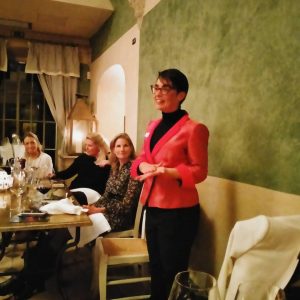
These are present due to the extraction from the wood. So when you smell chocolate you are smelling the volatile chemical that is released into the air and gets into your nose and it is the same chemical found in chocolate. So it’s the aromatic compound of chocolate in the wine that is formed from the barrel aging, in chocolate, it is a compound found in the cocoa bean.
Violante: No, it’s actually the truth. Wines that are aged in wood, and are therefore characterized by notes of tertiary aromas, can have hints of chocolate due to the toasting of the wood and the evolution of the wine because of oxygen.
Question 2:
Is there room for creativity in wine when there are so many rules and regulations about what makes a wine a Chianti or a Brunello, for example? How can you really express your creativity when the recipe is more or less dictated?
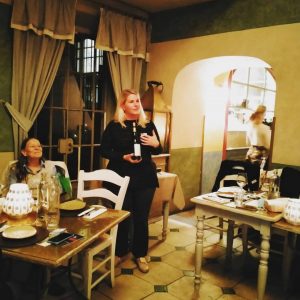
Sofia: Wine is all about creativity! The soil and the grape variety give you the fundamentals. If you make wine in a classified area, like Chianti Classico, there are also rules that guarantee the quality for the consumer. The rules may be that you need to use a certain grape variety, regulate the harvest yield etc, and sometimes also how you age your wines. But the interpretation of the grapes and the soil is all up to you! It starts with how you prone your vines, how you work the soil, how you harvest, what kind of yeast you use and what kind of wood, how you bottle. The list is long and it’s all your unique choice as a winemaker.
Alyson: You are able to express creativity within the confines of the Consorzio CC guidelines. There are many different varieties of grapes to blend, but even within the same variety, there are various clones. So by choosing various clones, you can change the composition of the wine. Some larger cluster clones produce a lighter fruit characteristic, while a tighter bunched clone gives more concentration and color, and intensity. There are also variables regarding vineyard site, the same clone can express itself completely differently depending on where it is grown. As winemakers, we can also play around with how the wine is vinified/fermented and how it is aged. The difference between whole-berry or crushed grape fermentation and whether you do pump-overs or punch-downs makes a huge difference in the tannic concentration in the wine. When aging you can decide to use small barrels, big wine casks, terracotta anfora, cement, or stainless steel. Every choice will change the smell, taste, and consistency of your wine. I find that we have a lot of freedom as Chianti Classico winemakers, but I do enjoy creating IGT wines that have very little regulation. When a winemaker doesn’t have to get their wine approved by a panel of tasters, they are able to risk a little more. I don’t have to be confined to the accepted standard of Chianti Classico and I can create a Supertuscan that is heavily influenced by varieties other than Sangiovese. I still believe Sangiovese is the best wine in the world, but it is fun to play around with Cabernet every so often.
Violante: In the production of Chianti or Brunello, there are rules dictated bythe wine production guidelines. But beyond this, what mostcharacterizes a wine is the terroir (the relationship between grapevariety and territory) as well as different winemaking techniques. There is no recipe. A producer can use containers of different materials for vinification and for aging in wood. The producer chooses the timing of aging, the maceration, how the wine is refined in the bottle. Even the plots of land that the grapes come from can have a great influence on the blend. All these variables are left up to the winemaker’s expertise and creativity and therefore can make one Chianti very different from another Chianti and one Brunello different from another.
The main guidelines to making a Brunello (https://www.consorziobrunellodimontalcino.it/en/583/vini) are:
The “Brunello di Montalcino” is obtained by using only Sangiovesegrapes, a vine traditionally called, in Montalcino, “Brunello”.The production guidelines states that the maximum production of grapesper hectare is less than “80 quintali/hectare” (about 52 hl./hectareof wine). Brunello can be put on the market, then sold, from January 1st of the 5th year after the harvest. During this long period, the wine must spend at least two years in wooden barrels and at least four months of refinement in the bottle. The storage period in the bottle increases up to six months for the “riserva” wine, which enters the market a year later.
Question 3:
If two people make wine with the same blend of grapes, why doesn’t it taste the same?
Sofia: It’s like giving two artists a lump of clay each. They need to make a coffee mug. I’m pretty sure the coffee mugs won’t come out identical. They are still coffee mugs but each one is the unique interpretation of the artist. Same thing with winemaking. You are making wine, you have to use a certain grape and the goal is to make Chianti Classico (in my case with Terreno wine) but the rest is up to me and my wine will become unique.
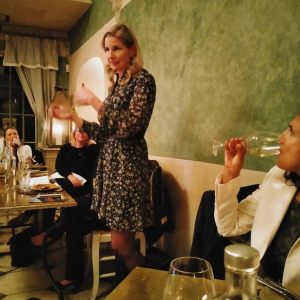
Alyson: Wine is created through a countless series of decisions. Just like those books we read as kids, choose your own adventure, we as winemakers do that very thing. At every fork in the road, we can choose a path and the resulting wine will be completely different than if we had chosen the other path. I like to let the wine express itself, so I do very little to interfere with its own development. I do use some oak in the form of large-format wine casks and 300-liter barrels so that the tannins form a backbone for the wine and allow the Sangiovese characters to stay in solution for a longer amount of time. I do not want to over-oak the wine and mask the Sangiovese. Other winemakers may choose to use more oak and create a completely different product from the same exact grapes. The amount of variables in winemaking is staggering. From the choices of which grapes to plant, how to prune, how to pick, how to crush, how to ferment, how to age, how long to age, what to age in, which barrels to use, which woods does the oak tree come from, how many new barrels to use, the list goes on and on. So it is actually impossible that two people could even create the same wine.
Violante: The terroir factor comes into play for this question as well. The same variety, or more varieties that form the blend if grown in different areas, with different altitudes and exposure, will never have the same organoleptic (sensory) characteristics. Two winemakers who create the same blend do not necessarily have the same idea for the final product, consequently even if the grapes are of the same variety, there are so many variables involved that the wines will be different. This is precisely the beauty of the world of wine!
Our Brunello is produced with the utmost respect for the Montalcino area where our vineyards are located, in the northern part of Montalcino, around our Casato Prime Donne winery. Here the vineyards give us the opportunity to produce a very fine, elegant Brunello with a very long life.
See Event
Sofia: https://www.terreno.eu/
Alyson: https://poderecapaccia.com/
Violante: www.cinellicolombini.it
